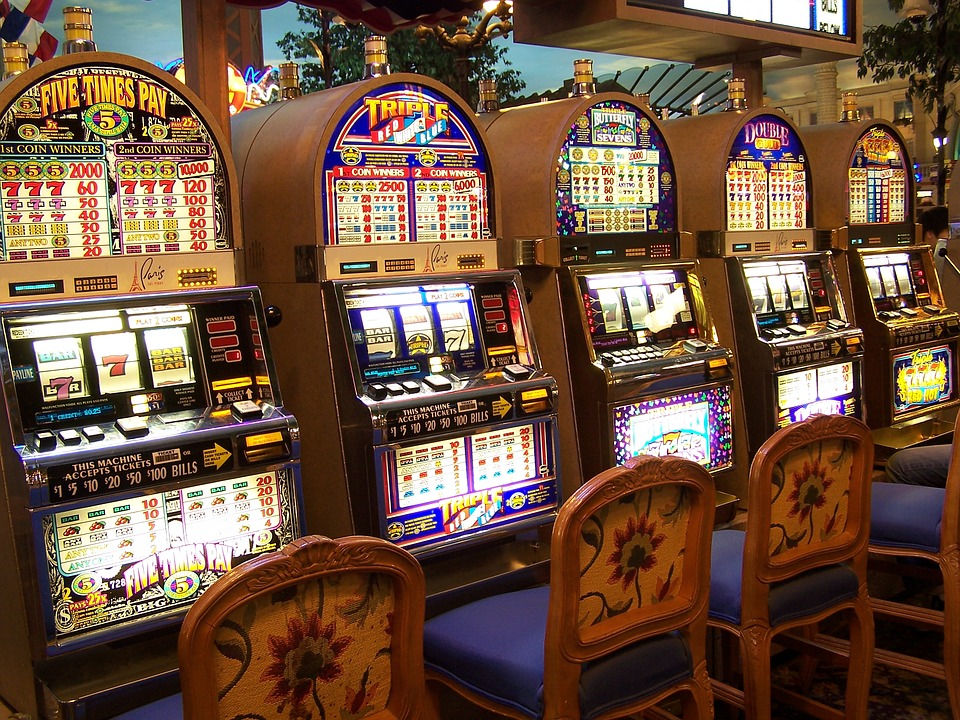
Slot machines, also called casino machines, are a type of gambling machine used to reward gamblers for wagering money. The game can be played by a player for cash or by using paper tickets, which have a bar code on them. The goal of the game is to get a certain number of symbols to line up on the pay lines. The amount of money won is based on the number of symbols that line up and the paytable, which is generally listed on the machine’s face or in the help menu.
Slot games feature several types of reels, including those that have fixed numbers of lines and those that are more video-oriented. These varieties of machines encourage players to use multiple lines, and they multiply the payout values by the number of coins placed on each line. Some video slots have advanced bonus rounds that are related to the theme of the game.
Slot games can be found at casinos and can be played online. Slot games are different from other forms of casino games. They offer high volatility and allow players to win big in a short period of time. They are typically designed to appeal to non-gamblers and are a great option for those who are unfamiliar with the world of gambling.
Unlike other casino games, slot machines do not have an opponent. This makes the game more challenging, but it can be fun. There are also strategies that you can use to increase your chances of winning.
In the United States, state governments regulate the availability of slot machines. Most states have a gaming control board. Some states have a maximum age limit on the machines. Others have no restrictions on private ownership. The states of Alaska, California, Delaware, Montana, North Dakota, Ohio, Oklahoma, South Carolina, Utah, West Virginia, and Wisconsin do not restrict the sale of slot machines to private citizens.
A slot machine’s payout percentage can be displayed on the machine’s display or on a DVD or CD-ROM. The payout percentage is usually set at the factory when the software is written. Changing it is a tedious process that can involve physical swapping of the EPROM, NVRAM, or a disk. It is important to know how the payout percentage is calculated, as it may affect your overall gameplay.
The first machines were mechanical and utilized five reels. Later, they were replaced with electronic devices. The first electromechanical slot machine was produced by Bally in 1963. These machines were also known as draw-poker machines because they exhibited an early version of an electromechanical construction.
Three-reel machines are less complex and more reliable. They have the advantage of being easier to play, but they also limit the manufacturer’s ability to offer a large jackpot. The maximum number of combinations for the machines is 1,000. The minimum payout is typically set at a high value to prevent losing the entire investment.
The pay table lists the credits that are available for each symbol that appears on the pay lines. This is usually listed in the help menu, on the machine’s face, or directly below the wheels.